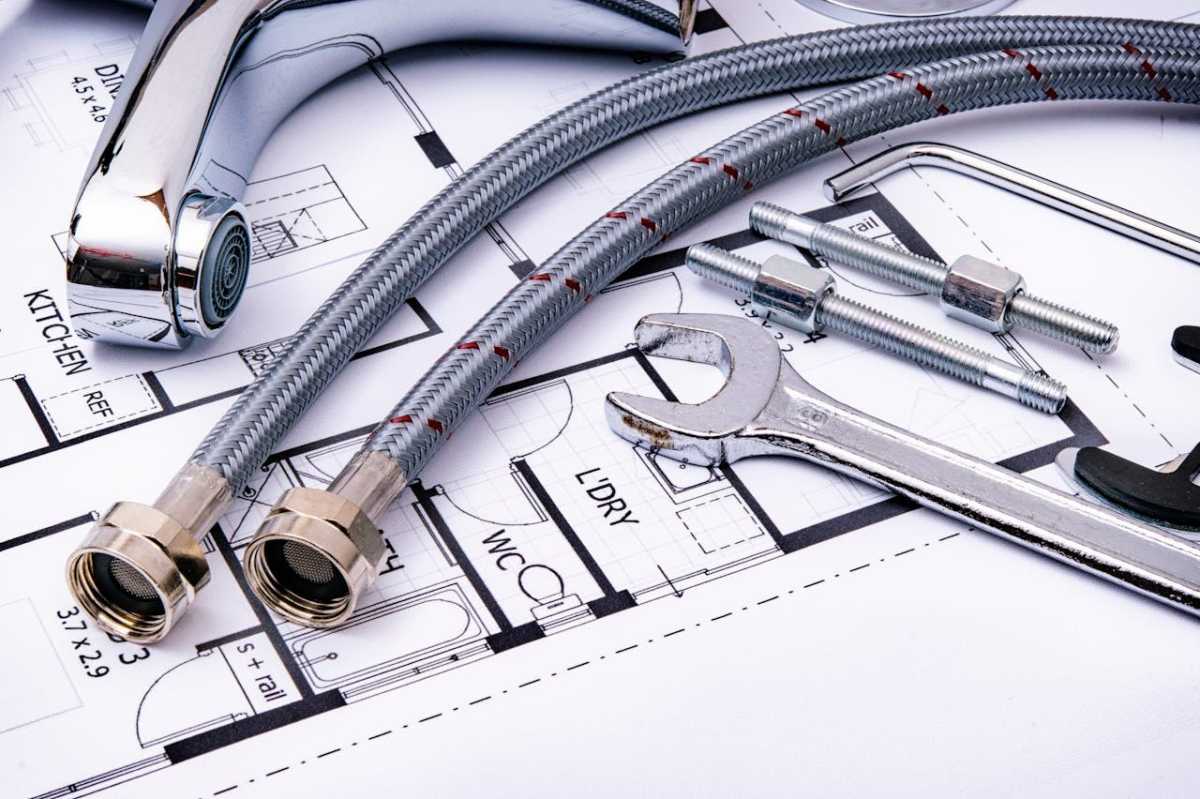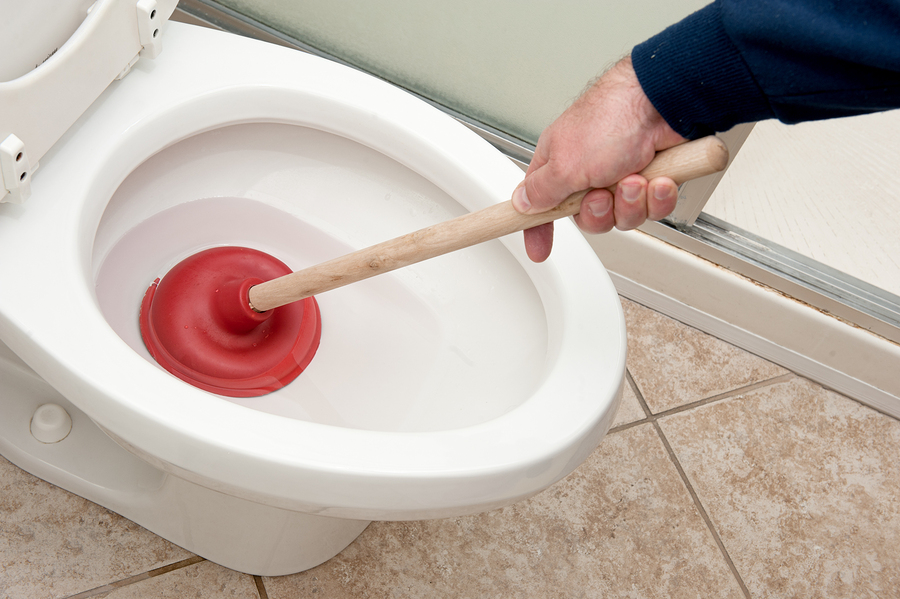The article author is making a number of good pointers about 6 Essential Plumbing Checks for New Homeowners in general in the article directly below.

For brand-new house owners, understanding and keeping restroom plumbing can conserve both money and time by protecting against expensive concerns down the line. Below are some essential restroom pipes tips to help you keep whatever running efficiently.
Prepare for Cold Weather
Safeguard your pipes from cold throughout winter by shielding pipelines in unheated areas like cellars, attic rooms, and garages. Throughout severe cold, let cold water drip from faucets served by subjected pipes to help avoid cold.
Set Up Routine Maintenance
Take into consideration organizing yearly examinations with a qualified plumbing technician. They can identify problems that you might miss, such as hidden leakages or deterioration on pipelines and components. Routine maintenance aids prolong the life of your plumbing system and can avoid emergency situations.
Familiarize Yourself with the Key Shut-Off Shutoff
Understanding where the major water shut-off valve lies in your home is important. This enables you to promptly shut off the supply of water in case of major leakages or throughout pipes emergency situations, preventing considerable water damages.
Routinely Evaluate for Leakages
Tiny leaks can cause huge troubles. Regularly inspect under sinks, around toilets, and near plumbing fixtures for any type of signs of leakages. Try to find dampness, tiny drips, or rust. Catching and repairing leakages early can protect against extra serious damages and save water.
Maintain Your Water Heater
Ensure your water heater is set to an appropriate temperature level (generally around 120 levels Fahrenheit) to avoid hot and decrease energy usage. Flush the storage tank each year to remove sediment buildup, which can decrease the efficiency and lifespan of your heater.
Upgrade Your Components
If your home has older components, consider upgrading to extra reliable models. Modern commodes, showerheads, and taps are designed to use much less water while giving great pressure, which can significantly lower your water bill and environmental impact.
Be Cautious with Do It Yourself Plumbing Repair Works
While it's appealing to deal with all home repair services on your own, be cautious with plumbing. Some issues could call for expert experience, especially if they entail major water lines or drain repair services. Employing an expert can in some cases be much more affordable than DIY, specifically if it prevents further damage.
Do Not Neglect Slow Drains Pipes
If your sink or tub is draining gradually, it's usually an indication of an obstruction forming. Resolving this early can protect against a total blockage. Use a bettor or a plumbing technician's snake to clear out particles. Stay clear of utilizing chemical drainpipe cleaners as they can damage your pipes with time.
Know What Not to Flush
Commodes are not garbage disposals. Prevent flushing anything besides toilet paper and human waste. Products like wipes, womanly health products, and cotton bud need to be dealt with in the trash to avoid clogs and sewage system back-ups.
Set Up Strainers in Drains
Location filters in your sink and tub drains pipes to catch hair and other debris before they enter your pipes system. Cleansing the strainers consistently will help prevent build-up and keep water flowing openly.
Verdict
Comprehending and keeping your home's bathroom pipes can stop lots of typical issues. By complying with these vital suggestions, you can guarantee your bathroom remains useful and efficient, saving you money and time in the future.
Things to consider while plumbing your new bathroom
Underground pipes and stormwater drains
Once these have been successfully laid, your plumber will need to test the system to check for water tightness. After this, the area will be filled back with the excavated earth. Backfilling of plumbing works must be done with extreme care because debris or rocks that are backfilled into trenches must not cause any damage to the buried piping. A mixture of backfill needs to be used. For example, if lumpy clay is excavated, then the first 300-500 mm (millimetres) of backfill must consist of sandy, loose earth. On the contrary, if concrete needs to be paved at the top, then crushed and compacted earth should be used, especially when it comes to a deep excavation.
Pipes
Clean water enters the plumbing pipe from the primary water supply line. Unclean water is successfully pulled down by gravity to exit the system of pipes. Air blowing through all the vents ensures that the pipes stay clean and clear. This is a simple and self-sustaining setup that should survive the test of time, when done correctly.
Plumbing items and fixtures
If you are carrying out plumbing in a new house, you need to install plumbing items and fixtures before the completion of the house’s interiors. Showers, sinks, and tubs are easier to install when the doorways and walls have not yet been installed.
Sewer lines and septic tanks
Installing sewer lines and septic tanks is extremely challenging when it comes to a home’s plumbing system. Firstly, you need to know the septic tank’s size. This can be calculated by the total number of bedrooms in your house. The venting system of your septic tank must be flawless.
Placement and positioning of the main stack
The main stack is basically a pipe with a diameter of approximately 3-4 inches. It typically runs from your home’s basement to the terrace or roof. The lower section of the main stack is responsible for collecting wastewater from several other plumbing fixtures. The upper section is used for venting. While you are installing plumbing in your new house, you will need to find a spot where the main stack runs without interruptions.
Installing drains and vents
Drain and vent pipes are generally 1-1.5 inches in diameter. Pipes must slant at a quarter of an inch per foot to drain efficiently. Bends, where the pipes eventually join the main stack, must be smooth and not be angled sharply. Every plumbing fixture must have a trap beneath it, which will catch water and prevent obnoxious gases from gaining entry into your living quarters. Moreover, every fixture needs to be vented.
Waterproofing and final testing
Your plumber will most likely carry out waterproofing of retaining walls, lower rooms, and basements, where an underground sump is generally constructed to store water. Roofs, too, need specialised treatment, and plumbers need to take into account gutter overflows in regions that receive heavy rainfall.
After the complete plumbing has been installed in your new home, every single thing should be tested to ensure adequate functionality and immaculate efficiency. This includes all water supply sources, bathroom fixtures, and sewerage.
https://www.jswonehomes.com/blogs/Construction/things-to-consider-when-plumbing-your-new-bathroom

Phone